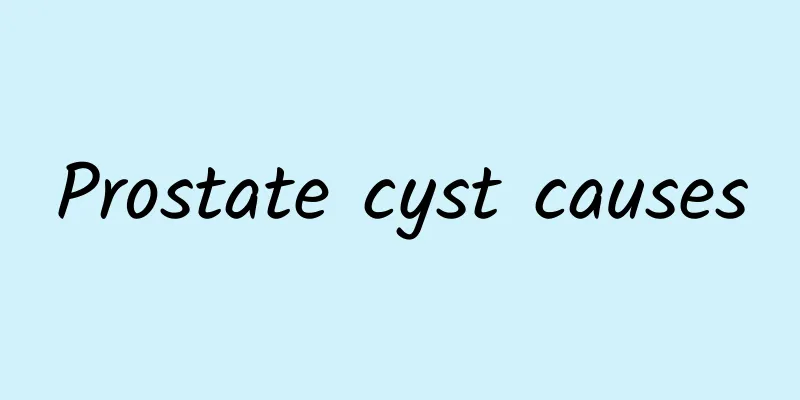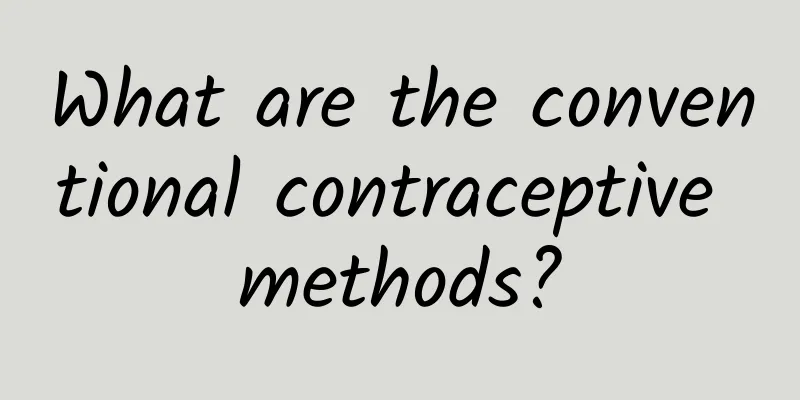Prostate cyst causes

|
There are many causes of prostate cysts, but most people have it because their body's resistance is too low, so they can only know about it after a detailed physical examination. A small number of patients with congenital prostate cysts will make the treatment extremely complicated, and may also cause prostate duct stenosis, which can also cause infertility problems. 1. True prostatic cyst The prostate gland is obstructed during embryonic development, causing the prostate ducts to narrow and become blocked. The contents gradually accumulate and form a retention prostate cyst. 2. Congenital cyst The cyst is formed due to the abnormal development of the mesonephric duct and paramesonephric duct, and the partial expansion of the lumen. The cyst originating from the paramesonephric duct is often located in the middle of the back of the prostate, while the cyst originating from the mesonephric duct is located on both sides. This type of cyst does not actually originate from the prostate, and is often adhered to the posterior wall of the bladder. It can often grow to a large size, compressing the bladder neck and causing dysuria, and compressing the rectum and causing anal distension and difficulty in defecation. Congenital prostatic cysts are often accompanied by congenital diseases such as hypospadias, cryptorchidism, and renal dysplasia. 3. Acquired cysts It is caused by the tough prostatic stroma, which leads to incomplete or intermittent obstruction of the alveoli, gradually thickening the alveolar epithelium and eventually causing retention cysts. They can be located anywhere in the prostate or protrude to the bladder neck, with a diameter of 1 to 2 cm. 4. Inflammatory cyst Chronic prostatitis causes connective tissue hyperplasia, leading to stenosis of the prostate ducts and retention of secretions to form cysts. 5. Parasitic cysts Caused by parasites, such as hydatid cysts, which can cause chronic inflammation of the prostate duct and surrounding areas; or by granulation hyperplasia, which gradually forms cysts. Among the above types of cysts, retention prostatic cysts are the most common and can occur in any part of the gland. Prostatic cysts are composed of normal alveoli or multilocular acini lined with columnar epithelium or low cuboidal epithelium. The cysts are filled with serous or serous-bloody fluid. Prostatic cysts may be complicated by infection and stones. When a larger cyst grows and presses against the urethra or bladder neck, it may obstruct urine flow. Common symptoms include urgency, frequency, difficulty urinating, thin urine stream, and urine retention. When it presses against the rectum, it may cause difficulty in defecation. When the cyst is larger, rectal digital examination may touch the cyst in the prostate area. Urethral angiography may show an arc-shaped pressure mark in the posterior urethra. Ultrasound and CT can clearly determine its location. |
<<: Will boys become ugly if they stay up late?
>>: What should I do if my husband's lower body is red and itchy?
Recommend
Can ejaculation expel stones?
For urethral stones, please note that before the ...
Take Sanjin Tablets for male urinary tract infection
Urinary tract infection refers to inflammation of...
How to train abdominal and chest muscles: push-ups and sit-ups are the most effective
Men all want to have tight and perfect muscles, e...
Where can you lose weight by brisk walking? Weight loss experts tell you
Walking is a familiar activity for people, becaus...
What is the normal prostate size?
There are many people who don't know enough a...
How to relieve frequent urination due to prostatitis
If you are troubled by frequent urination and urg...
How is circumcision surgery performed?
If a male friend has a foreskin that is too long ...
What are the oral anti-inflammatory drugs for glans inflammation?
For men, when there is discomfort in the reproduc...
What to do if there are lumps in the semen
Many male friends have high work and life pressur...
What are the disadvantages of circumcision?
Foreskin refers to the condition where the male p...
Which part of the body can be massaged to nourish the kidneys and strengthen yang?
Nowadays, men are under increasing pressure in so...
What causes pain on the left side of a man's abdomen?
Male friends are generally careless. When encount...
Male urogenital "five inflammations"
The most serious male urinary and reproductive sy...
What nuts are good for kidney health? This humble nut is known as the "kidney fruit"!
As the saying goes, nine out of ten men have kidn...
Can white cardamom treat bad breath? The easiest way to get rid of bad breath
Bad breath is really embarrassing, and people wit...









